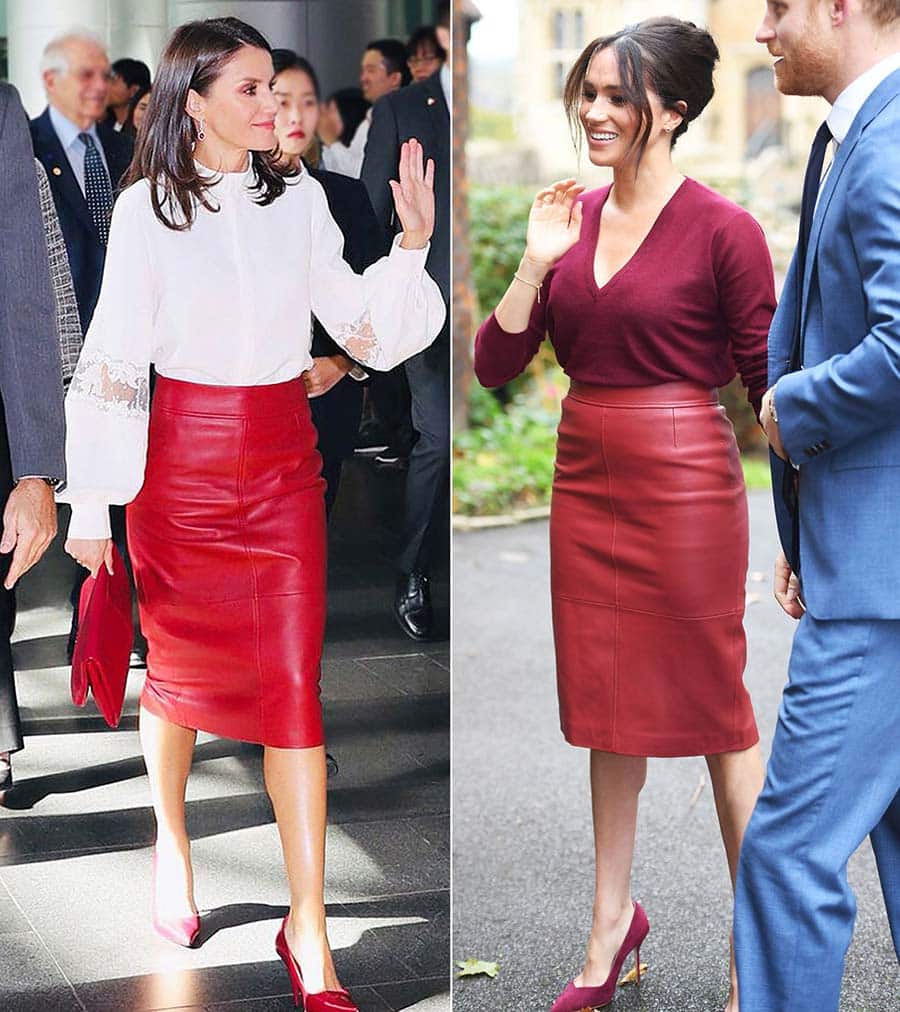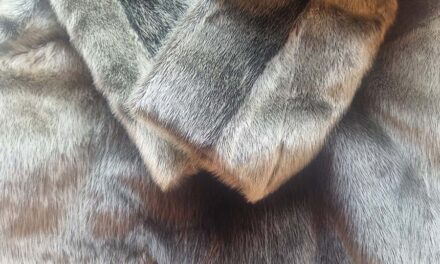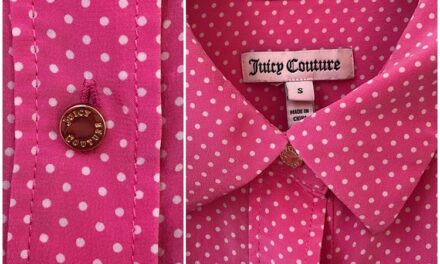With Mad Men, Downton Abbey, and The Great Gatsby guiding modern fashion trends, vintage-inspired fashion is on the rise. Now, you might think you can’t wear vintage to the office, that it’s only for after hours and weekends, but we think you might be wrong. Vintage wear is becoming more acceptable for the office, especially in creative industries like graphic design, digital media, publishing, tech, advertising, non-profit, and other creative, less formal office settings. If you work for a bank, law firm, or insurance company, it might be a little bit more difficult to incorporate your vintage looks into the formal office dress code but don’t be afraid to experiment a little and throw a vintage piece in here and there.
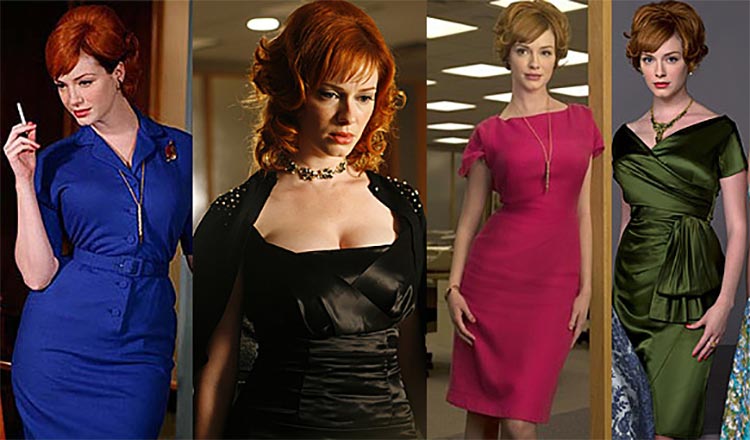
A good place to start figuring out what vintage looks to wear to the office is to look at women’s office wear of the past.
Leather Pencil Skirts
Queen Letizia from Spain always rocks a leather red pencil skirt. She is a big fan of the Inditex fashion label called Uterque.
In fact, I have the same red leather pencil from the Uterque brand too.

Mine is the same red leather. But has a split and a matching belt.
It looks wonderful with a black opulent T-shirt with sparkle.

Don’t forget to add accessories. A pencil skirt is fabulous when turning fifty.
Our first and favorite option: the wiggle dress. Think Joan Holloway / Joan Harris from Mad Men above, if you’ve never heard of this dress before now. During the 50s & 60s, women wore wiggle dresses to the office. These dresses were very body-conscious and are meant to exaggerate the hourglass silhouette with a hemline that narrowed from the hips to the knee.
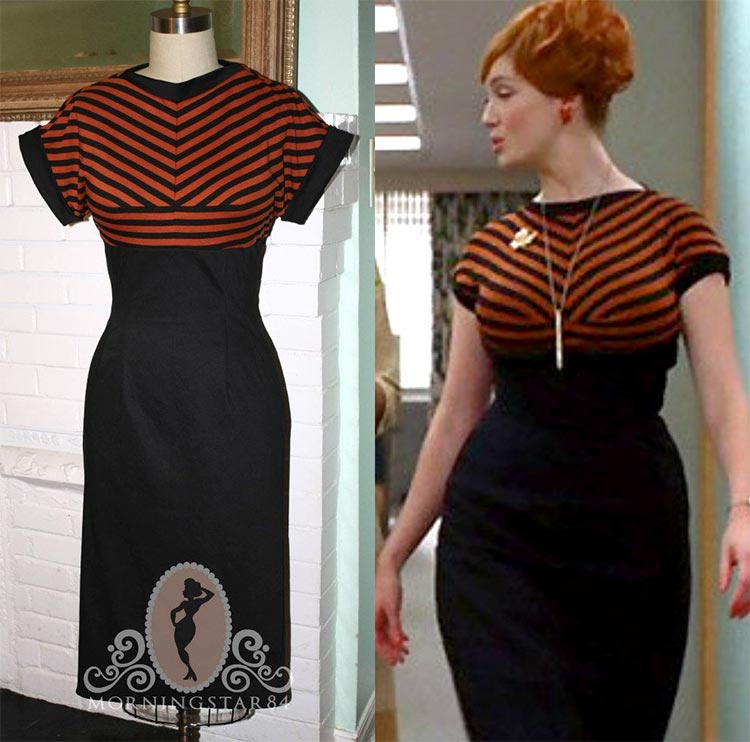
Suits
Just like today, women wore suits in the office. They tended to be nipped in at the waist and with narrower skirts as opposed to full skirts, which were more common outside of the office. Suits were often more feminine than what one thinks of as a business suit of today. Vintage suits had more details like trim and darts. Sleeves were often shorter for practical reasons – like keeping them from getting caught in or soiled by typewriters. A popular style was the Box Style jacket a boxy jacket that draped to just below the waist and just above the hip.
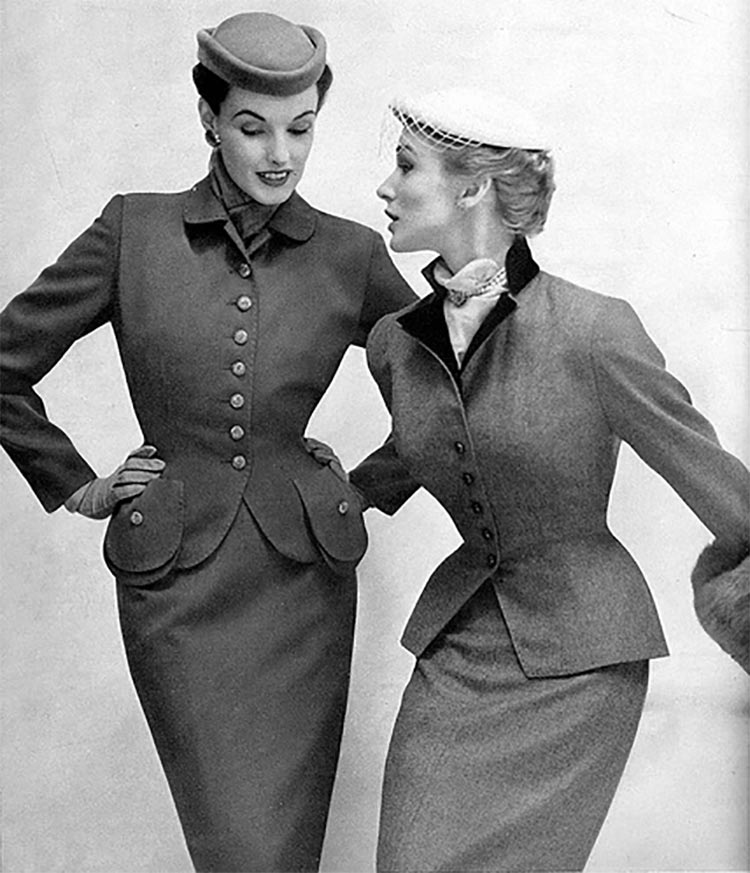
Skirts and Blouses
While less formal than a suit, dresses, and blouses were worn in the office. Pencil skirts we popular as were tie-front blouses.
Women Working in a 1950′s Office. Image from the National Women’s History Museum.
Tips on How to Wear Vintage at the Office
- Don’t wear vintage head-to-toe. It really is too much for the office and gives the impression that you’re in costume.
- Be careful of wearing styles that are too body-conscious for the office.
- Make sure your zips work too they can be costly to change them
- Some vintage styles might be too dressy for the office. Fashion, especially for the office, has become less formal over the years. So, if a piece seems too dressy for work, consider accessorizing it to make it more work-appropriate, i.e. add a belt and cardigan.
- Leave the vintage makeup and hairstyles for after work – it’s definitely too much for the office.
- Don’t go crazy with prints and fabrics. It’s easier to get away with vintage styles at the office if they are monochromatic and aren’t made from 1970s polyester.
- Don’t wear anything too dated. The goal is to create an updated vintage-inspired look, not look like you are working in London circa 1957.
- Oftentimes, vintage clothing is easy to spot because it’s just a little saggy, missing a few beads, and has some piling. Don’t wear anything that isn’t in tiptop shape and condition.
Do you wear vintage clothing to the office? Are you planning to after reading this article? Let us know in the comments below!


